Why Oxygenating Blowers Are Vital for Aquaculture Success
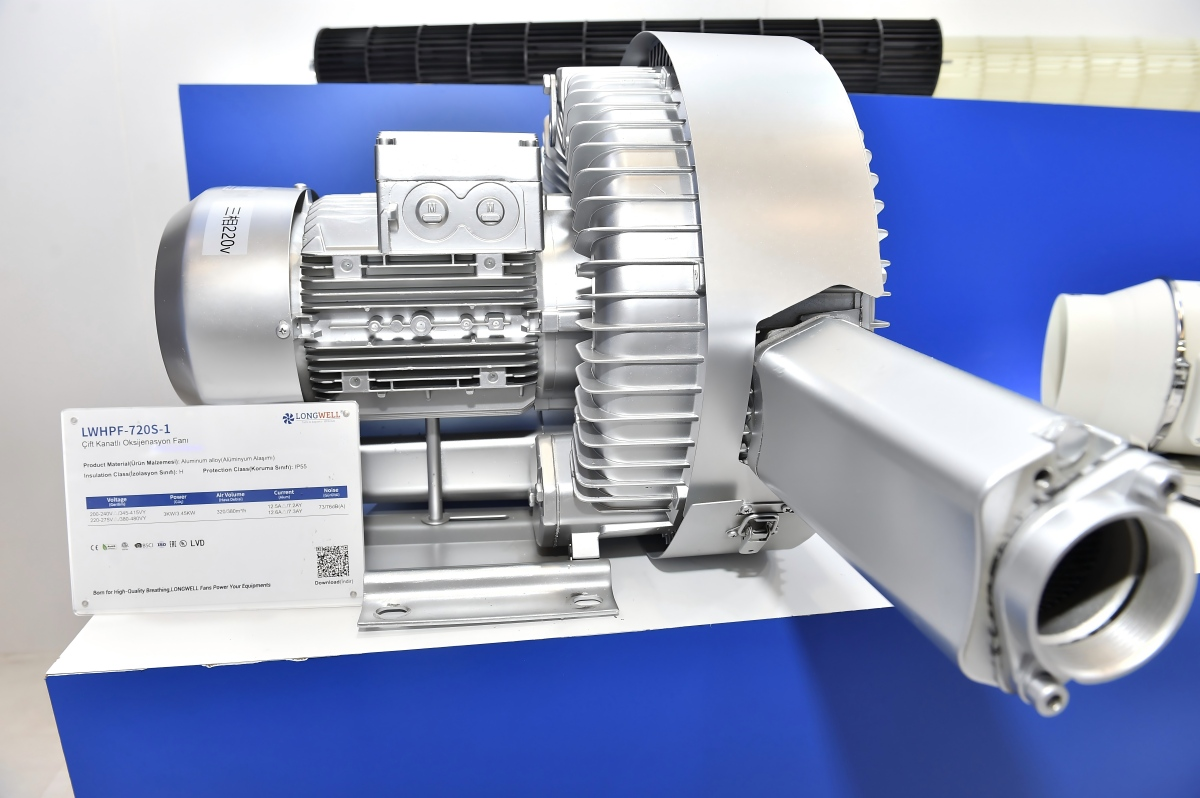
You need a good oxygenating blower for your aquaculture system. This machine puts oxygen into the water. It helps your fish stay healthy and move around. If there is not enough oxygen, fish can get sick.
Low oxygen brings big problems for your fish. Here are some effects:
Impact on Fish | Description |
|---|---|
Lethargy | Fish get tired and only do basic things to stay alive. |
Anaerobic Survival | With very little oxygen, fish switch to anaerobic mode. This makes it hard for them to survive. |
Activity Restriction | Fish cannot eat, digest, or swim well when oxygen is low. |
Using the right tools keeps your fish safe and helps your farm do better. Taking care of your system protects your fish and your money.
Key Takeaways
Oxygenating blowers help fish stay healthy. They put oxygen in the water. This stops fish from getting sick.
Fish need lots of oxygen to live. Oxygen helps fish breathe. It helps them grow and move.
Aeration keeps fish calm and healthy. Healthy fish do not get sick as much. They also grow faster.
Picking the right blower is important. You should think about pressure and airflow. Make sure it fits your aquaculture system.
Using blowers often makes water better. Blowers break down waste. They stop bad gases from building up.
Oxygenating Blower and Fish Health
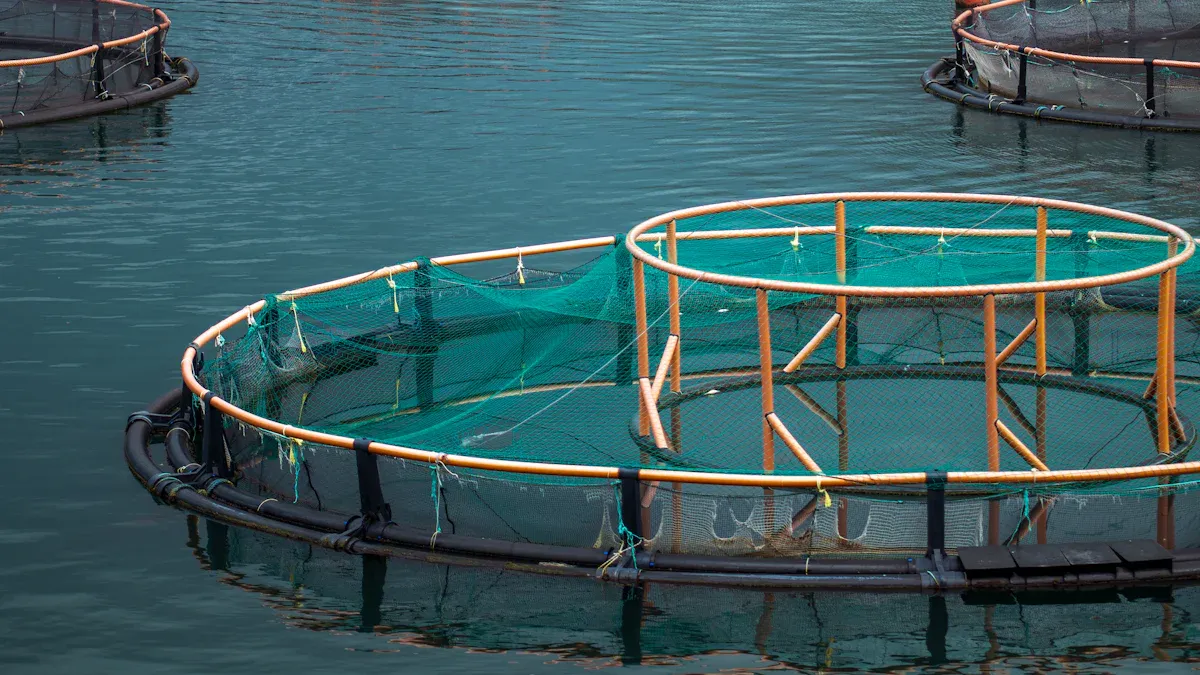
Dissolved Oxygen Needs
It is important to keep enough dissolved oxygen in the water. Fish need oxygen to breathe, grow, and stay active. If there is not enough oxygen, fish have a hard time living. Different fish need different amounts of oxygen. Fish larvae need more than 8 mg/L. Most fish do well with 8 to 8.5 mg/L. Freshwater tanks should have about 8 mg/L. Marine tanks do best with 6 to 7 mg/L, depending on how salty the water is.
Species Type | Recommended DO Level (mg/L) |
|---|---|
General | 8 - 8.5 |
Fish Larvae | Above 8 |
Oxygen levels should always be above 80 percent saturation. If oxygen drops below this, fish can get sick. An oxygenating blower helps keep oxygen levels steady. In fish farming, natural oxygen is often not enough, especially with many fish together. Aeration with a blower gives fish the oxygen they need to live well.
Impact on Fish Survival
Keeping dissolved oxygen high helps fish survive and grow. If oxygen drops, fish get stressed and eat less. They also grow slower. When dissolved oxygen is less than 3 mg/L, tilapia and other fish stop growing well. If it goes under 1 mg/L, many fish can die. You want to keep this from happening.
Low dissolved oxygen causes stress and slow growth.
When oxygen drops, more fish can die.
More fish in one tank means oxygen is even more important.
If you have many fish in one tank or pond, watch oxygen levels closely. Lots of fish use up oxygen quickly. Without enough aeration, you could lose fish. An oxygenating blower keeps oxygen steady, even with many fish. This helps prevent sudden losses and keeps your fish farm strong.
Stress and Disease Reduction
Fish get stressed when oxygen is low. Stress makes fish weak and easier to get sick. Good pond aeration and fish tank aeration help lower stress. Using an oxygenating blower gives fish a better chance to stay healthy.
A study looked at Pacific white shrimp juveniles after they faced low oxygen in biofloc culture. Biofloc technology lets you keep more shrimp together, but it needs more dissolved oxygen. The microbes in biofloc use up oxygen. If there is not enough, it can hurt the shrimp. Oxygenating blowers are very important in these systems. If they fail, oxygen drops fast, causing stress and many shrimp can die.
A healthy fish farm needs more than just survival. You want fish to grow strong and fight off disease. High dissolved oxygen lowers stress and helps the immune system. This means fewer sick fish and better growth. The table below shows how oxygen helps fish:
Evidence | Explanation |
|---|---|
Good oxygen levels lower fish stress | Less stress helps fish stay healthy and fight disease. |
Oxygen generators make water better | Better water means fish are less likely to get sick. |
More dissolved oxygen helps fish grow | Healthy fish grow better and have fewer deaths. |
Good aeration and steady oxygen make a big difference. With the right tools, you keep your fish and your business safe.
How Oxygenating Blowers Work
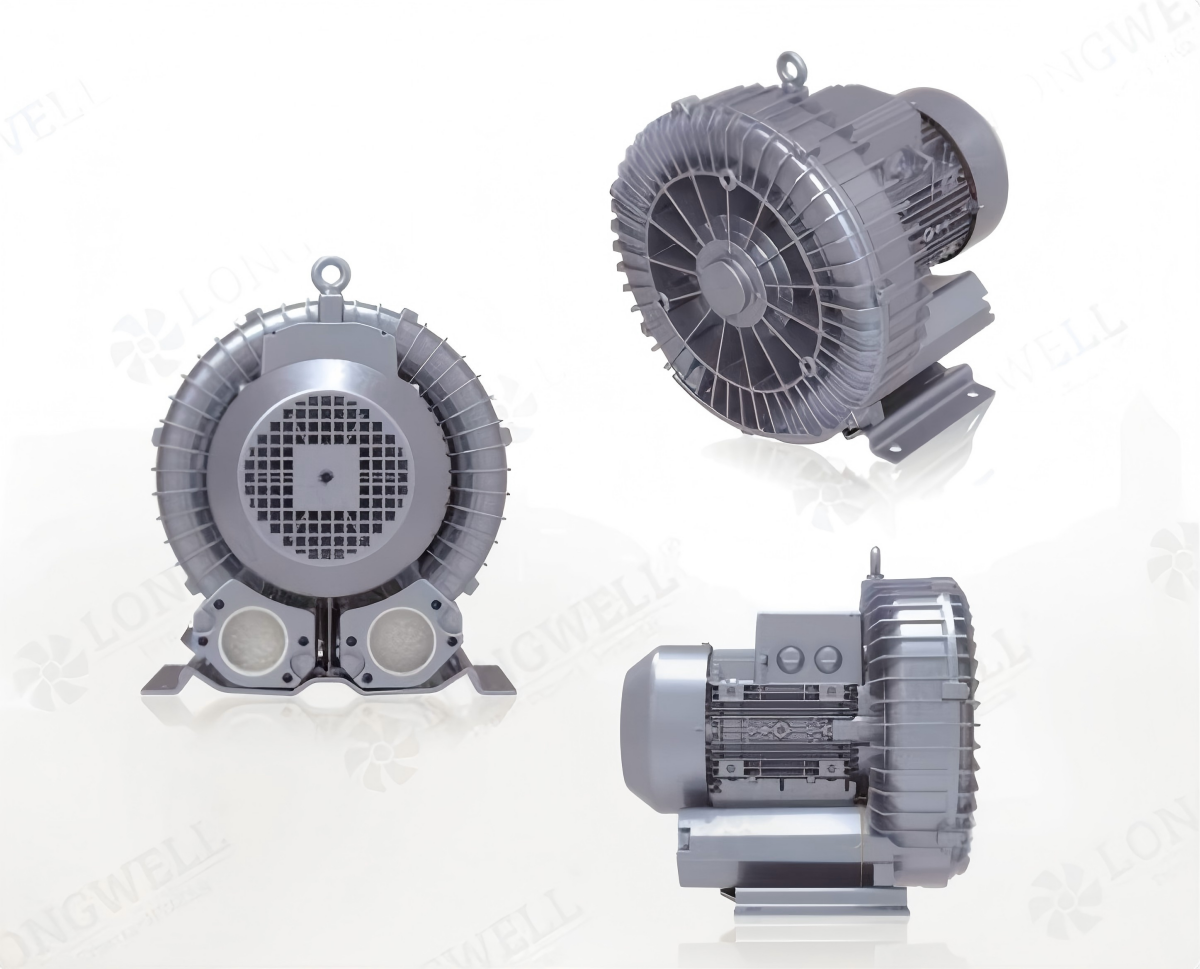
Air Compression Principles
You need to understand how an oxygenating blower adds oxygen to your water. These machines use air compression to push air into your tanks or ponds. The air gets squeezed by the blower and then moves through pipes to the bottom of the water. When the air comes out, it forms tiny bubbles. These bubbles rise and mix with the water, letting oxygen dissolve in.
Different types of blowers work in different ways:
Type of Blower | Mechanism Description | Oxygen Delivery Characteristics |
|---|---|---|
Centrifugal Blower | Uses spinning force to move air. Good for steady and reliable performance. | Often used for aeration in fish tanks and ponds. |
Side Channel Blower | Spins blades quickly to create pressure. | Makes high pressure with lower air flow. |
Roots Blower | Pushes air at high pressure for a strong supply. | Keeps oxygen levels high in large ponds. |
You can use these blowers in your aeration system to keep oxygen levels steady. Roots blowers work well for big ponds because they give strong air flow. Centrifugal blowers are good for smaller tanks. Side channel blowers help when you need high pressure but not a lot of air.
The LONGWELL® Oxygen-increasing Air Blower is a strong example. It gives high pressure and stable air flow. The LWHPF-720S-1 model uses a double-stage design. This means it can reach a rated vacuum of -280 mbar and a rated compression of 260 mbar at 50Hz. It can move up to 320 cubic meters of air per hour. You get a steady supply of oxygen for your fish, even when you have many in one place.

Aeration is not just about adding air. It helps keep water moving, spreads heat, and supports good bacteria. Fine bubbles from the blower have a big surface area. This lets more oxygen mix into the water, which is great for your fish.
Water Quality Improvement
When you use an oxygenating blower, you help your water stay clean. The bubbles from the blower do more than add oxygen. They help break down waste and keep the water healthy. Good aeration helps bacteria grow. These bacteria eat up harmful things like leftover food and fish waste.
Improvement Type | Description |
|---|---|
Optimal Oxygen Levels | Keeps enough oxygen in the water for fish to breathe and grow. |
Reduced Stress | Fish feel less stress and stay healthier. |
Improved Water Quality | Breaks down waste and harmful stuff, making water cleaner. |
Increased Growth Rates | Fish grow faster in clean, oxygen-rich water. |
Reduced Mortality | Fewer fish die when water stays clean and full of oxygen. |
You will see your fish grow better and get sick less often. The water will look clearer and smell better. A good aeration system makes your whole farm work better.
Lowering Harmful Gases
Harmful gases like ammonia, nitrite, carbon dioxide, and hydrogen sulfide can build up in your tanks or ponds. These gases can hurt your fish and make them sick. When you use an oxygenating blower, you help good bacteria break down these harmful substances. The blower keeps the water moving and full of oxygen, which helps bacteria do their job.
Evidence Description | Impact on Water Quality |
|---|---|
Good oxygen helps bacteria break down ammonia and nitrite | Lowers the risk of water pollution and keeps fish safe. |
Aeration from blowers helps remove hydrogen sulfide and carbon dioxide | Makes water safer and improves the living space for fish. |
You keep dissolved oxygen high, so fish stay healthy.
You support the biofloc process, where bacteria turn waste into food for fish.
You stop harmful layers from forming at the bottom, so toxic gases do not build up.
You help fish grow and stay active.
When you use a blower like the LONGWELL® Oxygen-increasing Air Blower, you make your water safer. You lower the chance of fish getting sick from bad water. Your fish will swim more, eat better, and grow faster.
Aquaculture Benefits
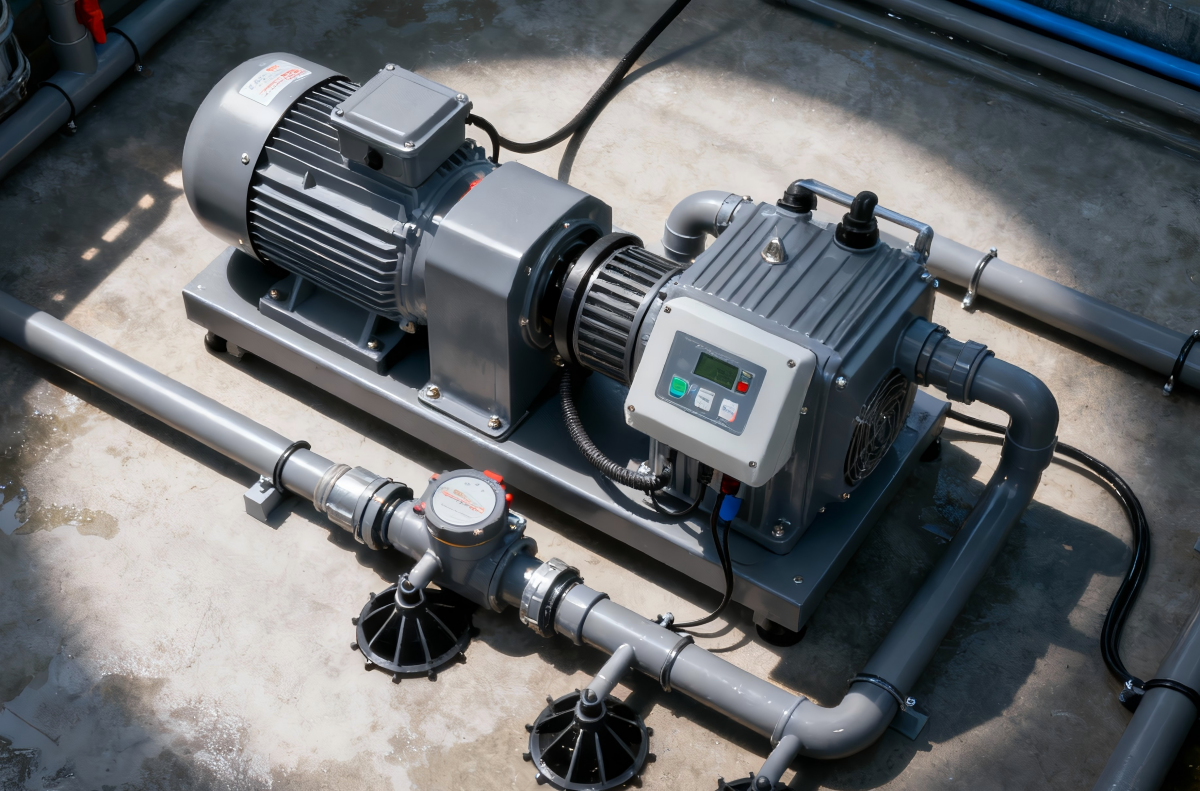
Growth and Productivity
You want your fish to grow quickly and stay healthy. An oxygenating blower helps you do this. More oxygen in the water helps fish eat more. Fish gain weight faster when they have enough oxygen. Fish use their food better, so there is less waste. You spend less money on feed and get more fish ready to sell.
Using concentrated oxygen helps fish gain more weight.
You can feed fish less, which saves money and increases profits.
Onsite oxygen generators give you a steady supply of oxygen, so you can always control dissolved oxygen levels.
Findings | Details |
|---|---|
Increased Oxygen Levels | Blowers with flexible hose aerators add more dissolved oxygen to ponds. |
Growth Rates | Asian sea bass grow faster in recirculating systems than in biofloc. |
Feed Efficiency | Feeding fish more often with high oxygen helps them grow better. |
Nutrient Distribution
Aeration does more than add oxygen to the water. It keeps water moving and spreads nutrients everywhere in the tank or pond. This stops dead zones from forming where fish might not get enough food or oxygen. Good water movement also keeps harmful gases from building up at the bottom.
Aeration moves water, so oxygen and nutrients reach all parts of the pond.
You stop water layers from forming, so water quality stays the same everywhere.
Stable dissolved oxygen helps fish stay healthy, even when you feed them more or at night.
A study found that better nutrient spreading from oxygenating blowers raises dissolved oxygen in aquaponic systems. This helps fish and plants grow and stay healthy.
Survival Rate Increase
You want your fish to live and do well. More dissolved oxygen and cleaner water from aeration help you reach this goal. Fish in tanks with good aeration survive better, especially when the water gets warmer.
Warmer water and more dissolved oxygen help fish live longer.
Fish farms with oxygenating blowers have fewer deaths and better results.
Aquaculture System Type | Survival Rate | Productivity | Growth Rate | Oxygen Consumption |
|---|---|---|---|---|
Oxygen-infused nanobubbles | Higher | Higher | Higher | Less |
Traditional oxygenating blowers | Lower | Lower | Lower | More |
When you use the right aeration tools, you keep your fish safe and protect your money. Your fish stay active, eat well, and grow strong.
Blower Features and Selection
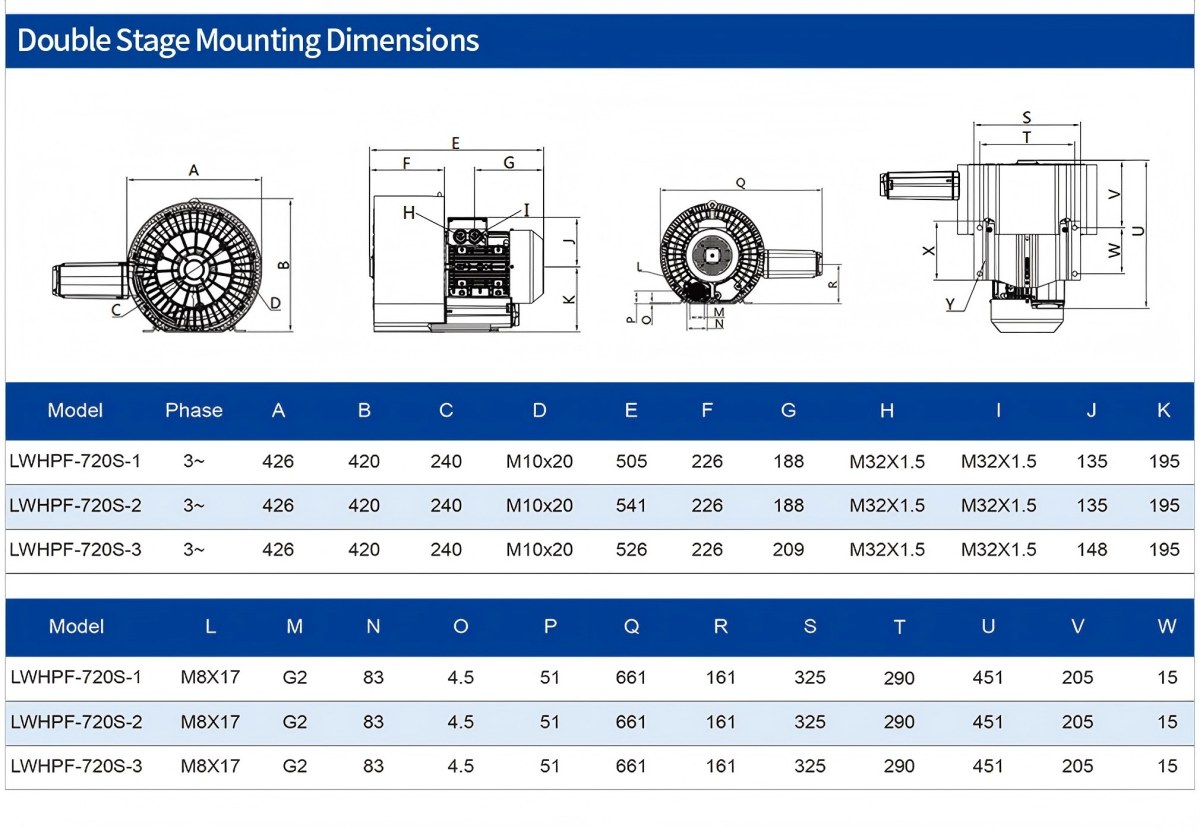
Pressure and Airflow Options
When you pick an oxygenating blower, look at pressure and airflow. These two things decide how much oxygen goes into water. Single-stage blowers give lots of air but only medium pressure. They work well for ponds that need air. Double-stage blowers give higher pressure and steady air. They are better for deep tanks or places needing strong air movement.
Here is a table to help you compare:
Type of Blower | Flow Rate | Pressure Capability | Application in Aquaculture |
|---|---|---|---|
Single-stage | High | Moderate | Aeration in ponds |
Double-stage | Moderate to High | High | Oxygenation and water circulation |
You should also check the rated vacuum and pressure. For example, LONGWELL® double-stage models can reach up to 78.4 kPa boost pressure. They handle flow rates from 0.6 m³/h to 90 m³/h. This means you can match the blower to your system’s needs.
Energy Efficiency
Energy efficiency is important for saving money. New blowers use less power than old ones. They can cut energy use by 30-40%. This helps you spend less over time. Some blowers have smart controls. You can set the oxygen level you want. This stops you from wasting energy and keeps fish healthy.
Using less power means lower bills.
Smart controls help you manage oxygen better.
Efficient blowers help your budget and your fish.
Maintenance and Reliability
You want a blower that works well for many years. Reliable blowers keep oxygen steady for fish. This helps fish grow and stay healthy. Good care means fewer problems and less stress for fish.
Reliable blowers keep fish healthy and lower deaths.
Steady air helps fish eat, grow, and fight sickness.
Long-lasting blowers mean fewer repairs and better harvests.
When you choose a blower, think about your system type. Think about the fish you raise and your local conditions. Ponds with lots of fish need steady oxygen. Recirculating systems need low energy use. Fry hatcheries may need special oxygen purity. Always match the blower to your farm’s needs for the best results.
You need an oxygenating blower to help your fish stay healthy. The right blower puts oxygen in every part of your pond or tank. Look at the table below to see how each blower helps fish:
Type of Blower | Key Features | Benefits for Fish Health and Aquaculture Success |
|---|---|---|
High-Pressure Blowers | Strong pressure for deep water and big groups | Reach lower layers, reduce stress, meet oxygen needs |
Centrifugal Blowers | High air volume, energy-saving | Keep oxygen levels steady, lower costs, quiet running |
When picking a blower, think about these things: Roots blowers give steady air so fish can grow well. Good oxygen helps fish feel less stress and have more babies. When oxygen stays steady, fewer fish die and more do well.
Always pay attention to oxygen in your system for better fish farming results.
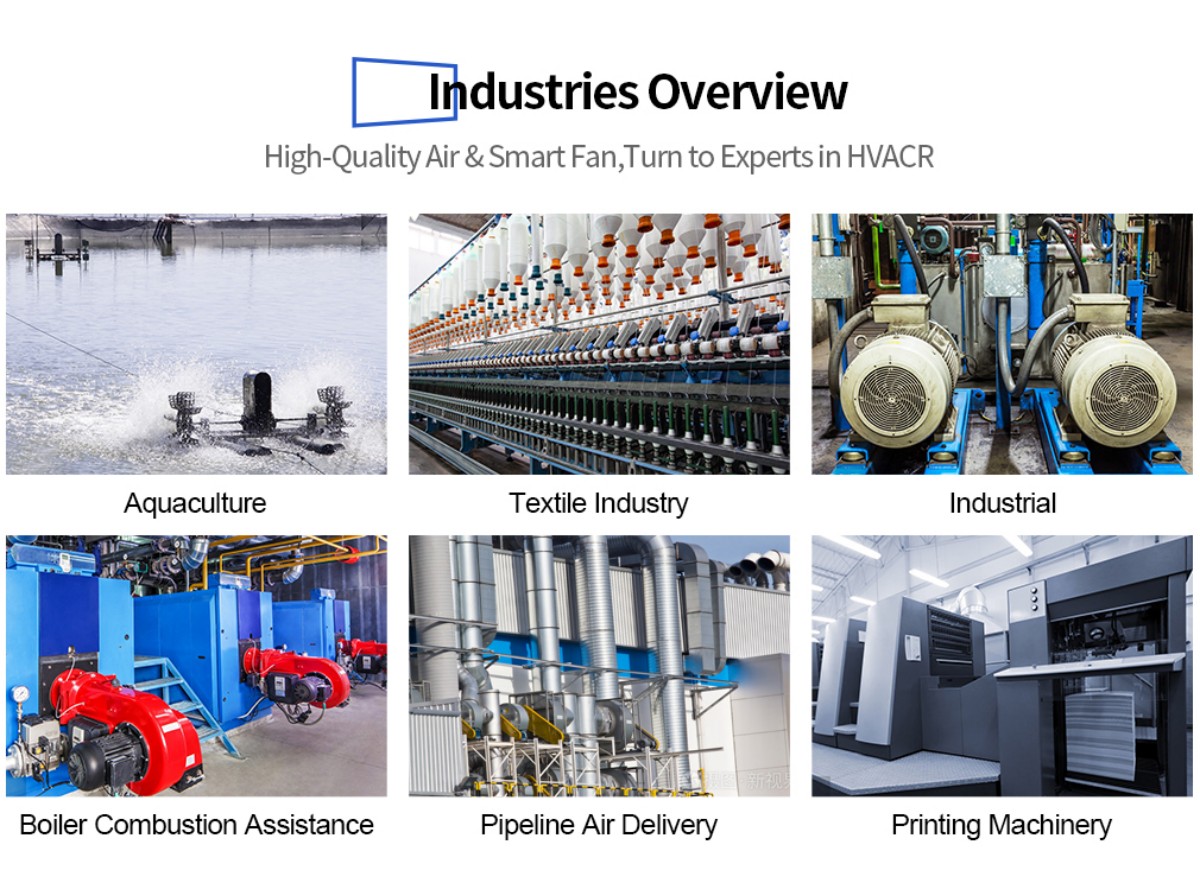
FAQ
What does an oxygenating blower do in aquaculture?
An oxygenating blower pushes air into the water. You use it to keep dissolved oxygen levels high. This helps your fish breathe, grow, and stay healthy.
How do I choose the right blower for my fish farm?
You should check your pond size, water depth, and fish density. Pick a blower with enough pressure and airflow. Double-stage models work well for deep tanks. Single-stage models fit shallow ponds.
How often should I run my oxygenating blower?
You should run your blower all day during hot weather or when you have many fish. At night, oxygen drops fast. Keep the blower on to protect your fish.
Can an oxygenating blower help reduce fish disease?
Yes! Good aeration lowers fish stress and keeps water clean. Healthy water helps fish fight off disease. You will see fewer sick fish when you use a blower.
See Also
The Importance of Axial Fans in Cooling Machinery
Centrifugal Fans: Key Components for HVAC and Industry
Cross Flow Fans: Solutions for Cooling in Limited Areas